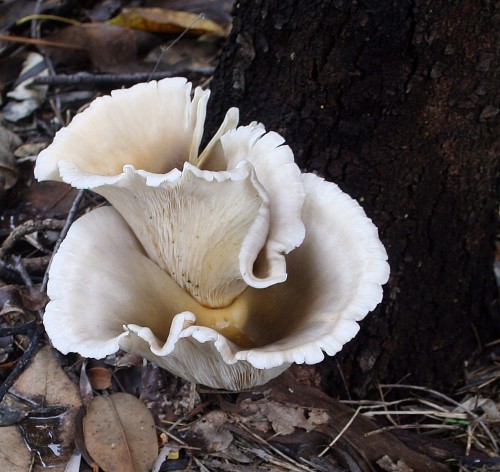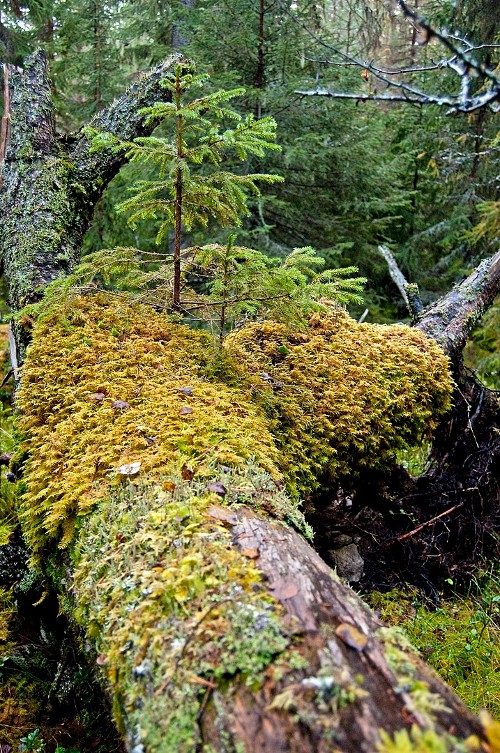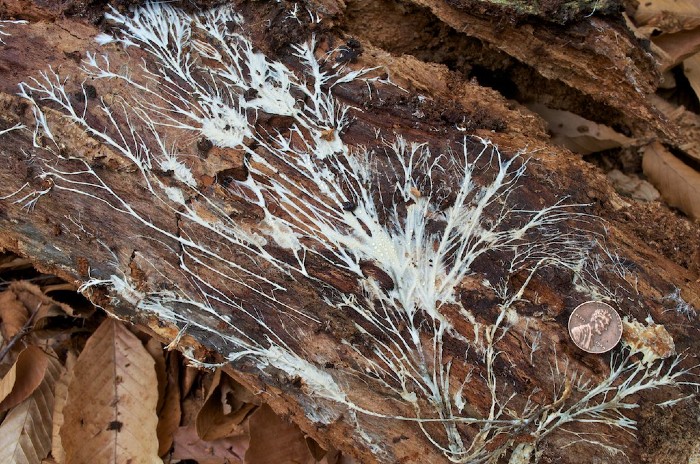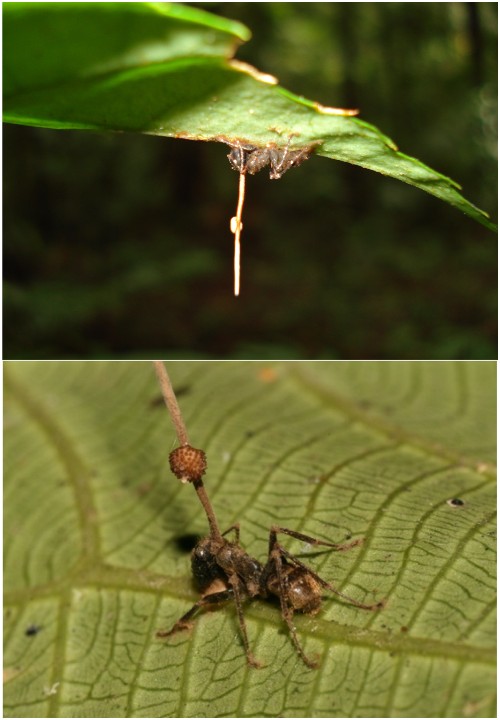Fungi exist in abundance and their diversity is almost mind-boggling. Scientists estimate that there are almost 5 million species of fungi, but only 1% of them have been discovered to date. Of all the species, there are about 20,000 which produce mushrooms. Mushrooms are the fruiting bodies of fungus species, similar to apples in an apple tree. Even though there are edible mushrooms, they also act as the digestive tracts of forests. But what makes fungi so special and indispensable to our living planet? That’s what we will try to find out here.
What Are Fungi?
Whenever we put out trash for disposal, there is always a municipal worker or ragpicker to collect the garbage. On zooming out, we realise that when it comes to handling the waste of an entire city, we have to depend on our landfills and the people running the waste management infrastructure. Imagine this on a larger scale and you get fungi, the kingdom of organisms that take care of waste management in nature. Fungi are the world’s decomposers and they are responsible for turning dead organic matter into new life.

If anything, they are our ancestors. An astonishing revelation is that fungi are more closely related to animals than plants. They may look like plants but do not photosynthesize; instead they are heterotrophs like animals, that is, they cannot produce their own food and depend on others for energy. This incredible kingdom has a billion years’ worth of experience in the art of survival. From surviving the violent bombardment of planet Earth’s most destructive acts to evading voracious worms, predatory bacteria, viruses and other competitive fungi, they have faced it all and stood the test of time.
Master Decomposers
If you were wondering what fungi do, they are master decomposers that keep our forests alive. If we did not have fungi to help in decomposition, all life in the forest would be buried under a humongous build up of dead plant matter. Fungi have the ability to break down dead organic matter and by doing that, they release nutrients. Plants then use these very nutrients to help them in their growth. Most fungi are saprophytes, which means they feed on dead or decaying material. This helps in the removal of leaf litter and other debris that would otherwise get piled up on the forest floor.
But fungi are much more than agents of death and decay. Most plants depend on a symbiotic fungus to help them get water and nutrients from the soil. The specialised roots of the plants and the fungus which inhabits them are together known as fungal roots, or mycorrhizae.

All the fungus has to do is use its large surface area to soak up water and nutrients, and deliver it straight to the plants. Since it is a mutually beneficial relationship, the plant provides energy-rich glucose – produced through photosynthesis – to the fungus in return. An example of mycorrhizal fungi would be Auricularia, the mushroom which flavours sweet-and-sour soup. So the next time you order one of them at your favourite Asian restaurant, you’d know whom to thank!
More Than Just Decomposers
This is not where the mutual relationship between the fungi and plant kingdoms stops. Numerous fungus species are growing underground, which are composed of enormously long threads. These threads grow one cell at a time, branching in every direction possible. This mass of threads is called mycelium, which can be considered an underground network of fungal highways. Mycelium has more networks than our brain has neural pathways. They form massive links, almost like a huge web growing through the forest. This web-like network helps trees to communicate with each other and connect one tree to another. The mycelium acts as pathways using which one tree can swap nutrients with another.
That fungi are one of the most antediluvian forms of life is understood from fossil records – mycelium fossils have been discovered in lava in South Africa, estimated to be 2.4 billion years old. And what if we told you that animals came from fungi? It is estimated that we divided from this kingdom roughly 650 million years ago (mya), where one branch led to fungi and the other to animals. So we are more closely related to fungi than to any other kingdom, descending from mycelium. Mycelium can theoretically live on forever, which is why the oldest and largest living organism is a fungus. How large? The Armillaria ostoyae species found in Oregon measures 9 square kilometres!

Fungi have also played a significant role in evolutionary history, especially for mammals. When an asteroid struck Earth 65 mya (yes, the same one that made the dinosaurs extinct), mammals had an advantage over reptiles due to their warm-blooded nature. Reptiles were vulnerable to fungal diseases, which the mammals were exempt from due to their higher body temperature. The mammals who survived the pressure of fungal diseases back then are the ancestors of every currently living mammal on the planet. It is fungi that we warm-blooded mammals owe our resilient evolution to.
In Death There’s Life
Fungi come in various shapes and forms, and some of them are the stuff of nightmares. Think zombie ants! In rainforests, certain fungi can steer some ant species like a puppeteer pulling the strings of the dolls. Ophiocordyceps unilateralis, commonly known as Zombie-ant fungus, is found in tropical forest ecosystems. They alter the behaviour of ants in unfathomable ways. Once infected, the hosts leave their canopy nests on the forest floor for the tree branches. The ants then use their mandibles to attach themselves to a leaf, where the host remains after its eventual death. The mortality takes 4-10 days and finally the fruiting body of the fungus bursts from the ant’s head.

The parasitic fungus Cordyceps is a genus that includes nearly 600 species; most of them are parasitic, mainly on insects and other arthropods such as ticks and mites. They are thus entomopathogenic (causing disease to insects) in nature, i.e fungi that can kill or seriously disable insects. In short, the more numerous a species is, the more likely it is to fall victim to the killer fungus. On the surface, such a process may seem deeply horrifying but impediments and restraints like these make certain that one species cannot dominate, thereby putting a brake on accelerating populations and maintaining the diversity in dense jungles.
To summarise, life on Earth today owes a lot to this remarkable kingdom. Fungi convert dead plants and animals into essential nutrients that enable the growth of new organisms. Even though humans have a fearful perception of death and view it as a finality, it is the fungi kingdom that demonstrates how significant death is to recreate life and we have much to learn from them.
For more such interesting articles on wildlife, conservation and life sciences, subscribe to the Wildlife SOS newsletter.





